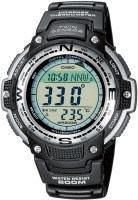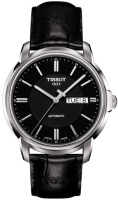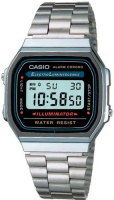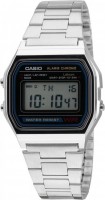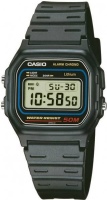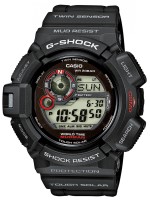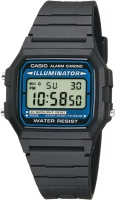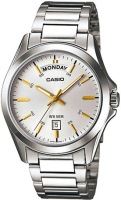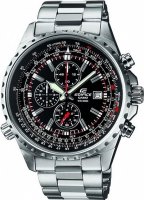Seiko Prospex Pogue Solar Chronograph 1969 Re-Interpretation Pre-Order SO-1447
 |
Buy Seiko Prospex Pogue Solar Chronograph 1969 Re-Interpretation Pre-Order SO-1447
When you make a purchase through links on our site, we may receive a affiliate commission.
Seiko Prospex Pogue Solar Chronograph 1969 Re-Interpretation Pre-Order SO-1447 | £600.00 | ||||
Seiko Watch Prospex Pogue Solar Chronograph 1969 Re-Interpretation SO-1447 | £660.00 | ||||
| £660.00 | |||||
Seiko Watch Prospex Pogue Solar Chronograph 1969 Re-Interpretation SSC947P1. Prospex 'Pogue' Solar Chronograph 1969 Re-interpretation In 1969, Seiko released the world's first automatic chronograph, known as the Seiko Speedtimer. One piece from the first 6139 Speedtimer series rose to stardom as the first automatic chronograph to travel in space: in the 70s, NASA astronaut Colonel William Pogue took the original chronograph on a mission to Skylab - the first US space station. The watch became nicknamed the ‘Pogue’ after its star explorer wearer. Under a curved sapphire crystal glass is a vivid yellow dial, characteristic of the 6139 original. Accurately recreating the 'Pogue,' the second hand, and subdial minute hand at 6 o'clock are in a bright red. With 12 spots of Lumibrite across each of the wide vintage-style indices, this Speedtimer is designed for legibility in dark conditions. In the style of the original, this piece has a blue and red aluminium bezel with a tachymeter feature and a chronometer second scale on the inside dial ring. The bracelet is tapered from the lugs all the way to the buckle. This modern recreation features a V192 solar chronograph calibre which charges in both natural and artificial light. Accurate to +/- 15 seconds per month, it has a power reserve of 6 months at full charge. Prospex is a combination of the words 'Professional' and 'Specifications.' Seiko Prospex timepieces are designed to be practical, reliable and durable; to meet the high standards required in extreme environments for sports lovers and adventure seekers alike.
The product description is generated based on data from online stores. Before purchasing be sure to verify all information directly with the seller.

The Best Cheap Apple Watch-Style SmartwatchesFive interesting and inexpensive alternatives to the iconic Apple smartwatches

Best Smartwatches With MIL-STD-810 ProtectionSmartwatch that meets military protection standards and is fully submersible
How to place an order?How to add store?
Remember that the online store is responsible for the accuracy of information regarding price, warranty, and delivery!
We recommendCompare using chart →

